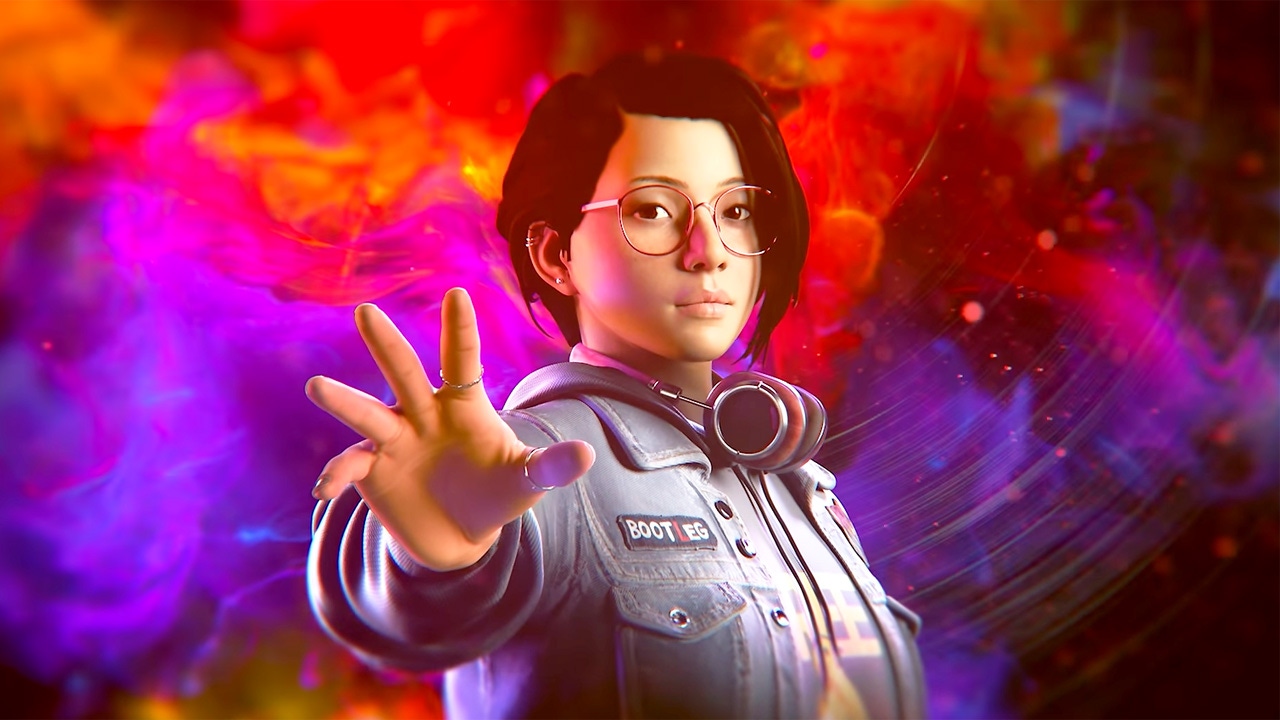Trending
Opinion: How will Project 2025 impact game developers?
The Heritage Foundation's manifesto for the possible next administration could do great harm to many, including large portions of the game development community.

The American LGBTQ advocacy group GLAAD has found that LGBT representation in games is still relatively miniscule, even as players from that community are growing in numbers.
A study from the organization reveals less than 2 percent of current console games feature LGBTQ characters or stories. By November 2023, Xbox had 146 LGBTQ-tagged games on its store, followed by Sony (90) and Nintendo (50). Only 1.7 percent of games on Steam are listed in the platform's LGBTQ+ tab (a number that stands at 2.5 percent when you factor in games with tags for "adult only sexual content.")
The larger point is games are "lagging far behind" other media on a representation scale. GLAAD's movie-focused study previously indicated 28.5 percent of films in 2022 featured characters from the LGBT community.
To GLAAD, that number is also damning because of how much games have "come a long way...since Pong. [They're now] rich, multimedia experiences that broadly incorporate aspects of world-building, narrative, and characterization," the organization stated in its report.
Even so, 48 percent of LGBTQ players feel more represented by indie games rather than mainstream titles. 29 percent say the industry doesn't think about them in any capacity.
The low rate is in sharp contrast to 17 percent of players identifying as LGBTQ. While small, it's actually grown from 10 percent to 70 percent since a 2020 Nielsen report.
Demographic-wise, teen players (age 13-17) make up most of that with a 45 percent majority. Young adults (age 18-24) come second at 24 percent, followed by adults (25-34) at 23 percent.
Unsurprisingly, LGBTQ players are "4-5 times more likely" than their straight counterparts to play a game with an LGBT lead. The most relevant number for developers on this topic is that 72 percent of LGBT players said that seeing characters that matched their gender identity or sexual orientation made them feel meaningfully better about themselves.
That's a meaningful data point for developers who want to create a positive environment for players.
GLAAD's study contains additional nuance about the preferences of LGBTQ players. For example, 46 percent of LGBTQ players would buy or play a game with a trans person as the main playable character. But that rises to 63 percent if that lead is gay, lesbian, or bisexual.
Likewise, 55 percent of players who identify as LGBT will pick up a game featuring stories with gay or bisexual NPCs. 43 percent are likely play a game with with stories featuring trans characters.
GLAAD's study found 60 percent of non-LGTBQ players would be fine or indifferent to playing an LGBTQ character. 8 percent said they're more likely to play a game with an LGBTQ lead.
One person surveyed, who identified as white and straight, even said it would "be cool to see LGBTQ+ represented more in video games."
In 2023 alone, over 500 anti-LGBTQ laws were introduced in the US. 65 percent of LGBTQ players in those states use games as a means to escape that rhetoric.
Likewise, 75 percent use games as a way of self-expression. 51 percent of players in those states feel more accepted by their fellow players than where they actually live.
GLAAD's full study can be read here.
You May Also Like